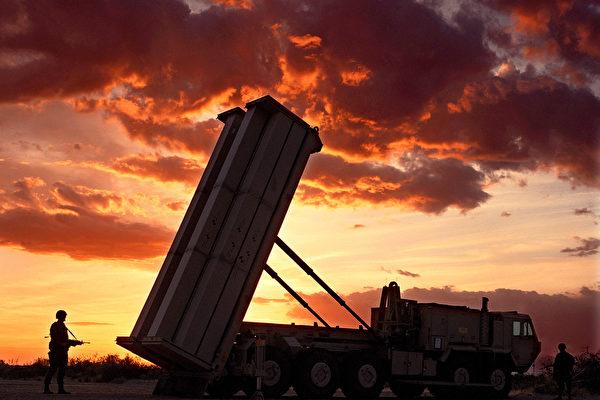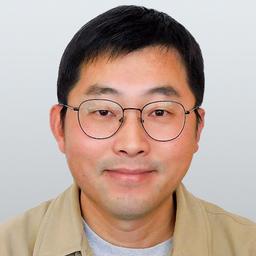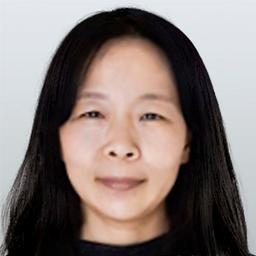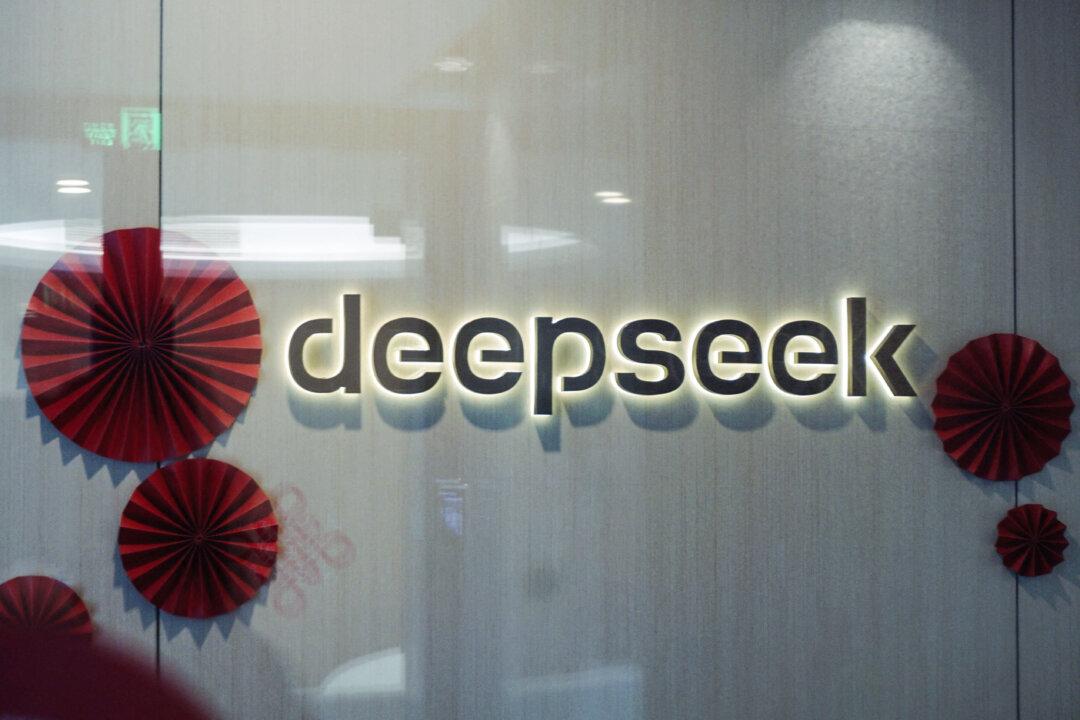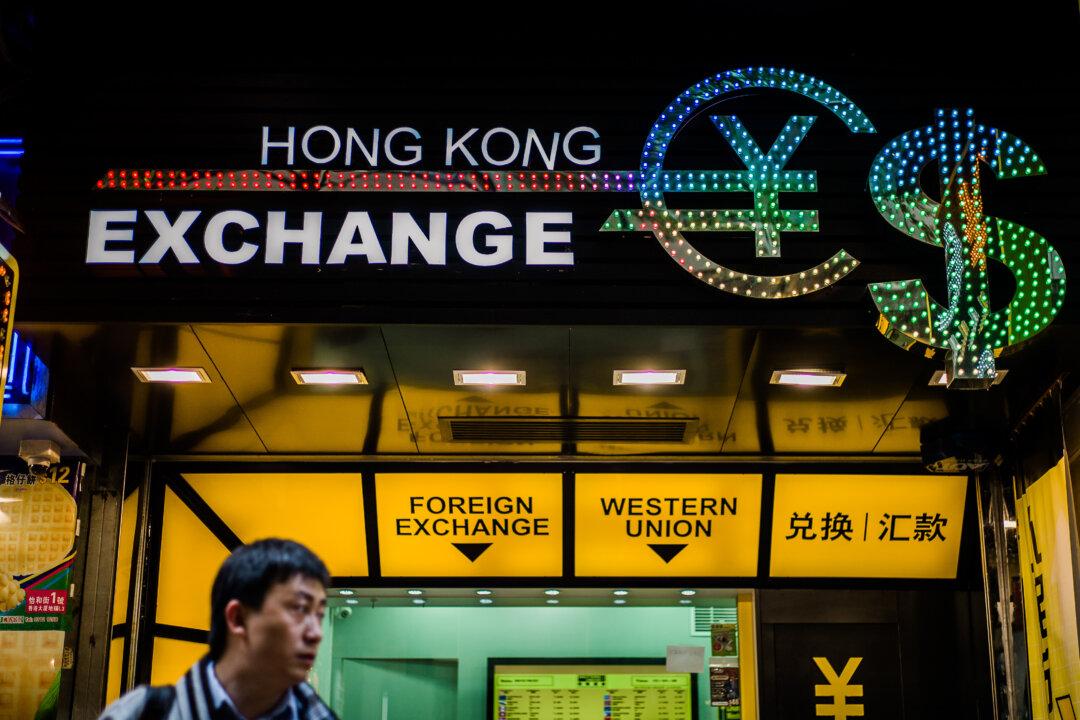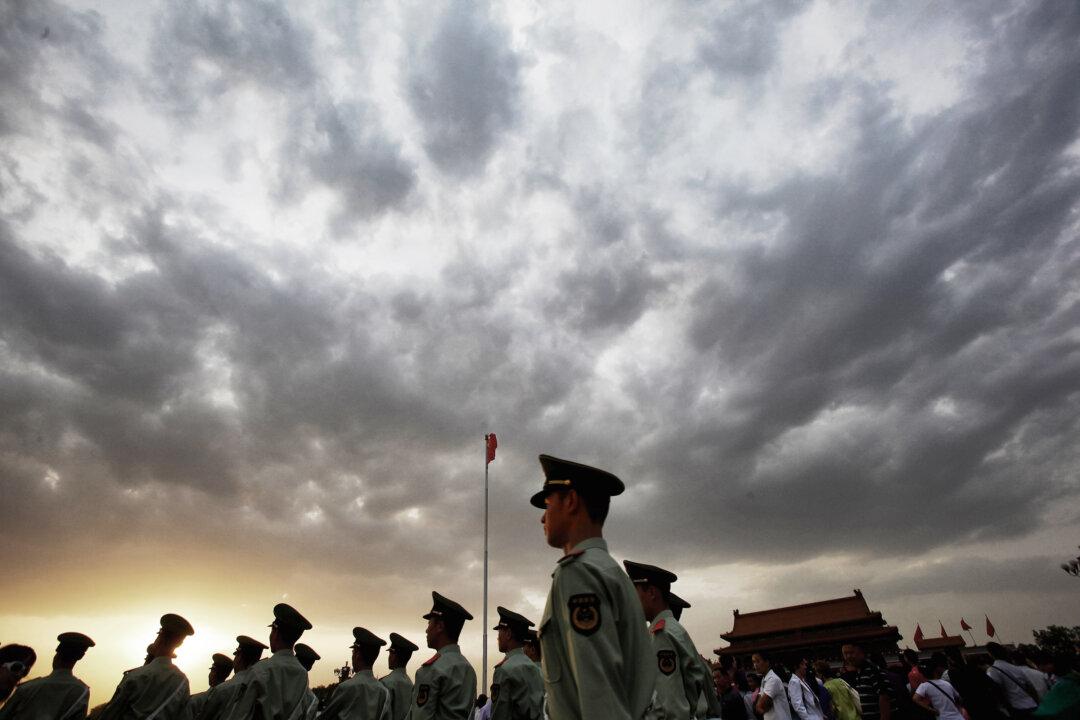The foreign ministries of China and South Korea are exchanging words about South Korea’s deployment of the U.S. THAAD anti-missile system. While China opposes this action, South Korean President Yoon Suk-yeol is steadfast in wanting to improve his country’s defense capabilities against North Korea. He also wants to reduce economic dependence on China.
According to Korea’s
Yonhap News Agency, China is against South Korea’s deployment of the U.S.-designed Terminal High Altitude Air Defense system (THAAD). During a press conference on
July 27, Chinese Foreign Ministry spokesperson, Zhao Lijian said South Korea would be dishonest if it deployed the THAAD system and asked the Koreans to act prudently. He was referring to South Korea’s prior commitment to the “Three No’s” policy against the THAAD system.
The “Three No’s” policy is based on a statement former President Moon Jae-in made in
November of 2017: (1) South Korea will not deploy a new THAAD anti-missile system, and (2) will not join the U.S. missile defense system, and (3) will not seek a military alliance between South Korea, the United States, and Japan.
On July 25, South Korean Foreign Minister Park Jin said the “Three No’s” was a stated position of South Korea, not a commitment to China or an agreement reached between the two countries. He said the matter is about Korea’s national security and sovereignty, and it is up to Korea to decide what it needs.
On July 28, South Korean officials said the THAAD system is essential to protect the country from North Korea’s escalating nuclear missile provocations. Despite what the Chinese communist government wants, South Korea’s policy will be based on this firm position and the government will continue to communicate as necessary with any country it chooses.
THAAD Controversy Origins
North Korea has repeatedly threatened to launch a “
pre-emptive nuclear strike” against the United States and South Korea. From 2009 through 2014, North Korea conducted two nuclear weapons tests and test-launched three long-range missiles. In 2015, U.S. experts estimated the country’s nuclear stockpile was between
10 to 16 warheads and was continuing to grow.
Since South Korea lacks the means to defend against a ballistic missile strike, the United States proposed deploying the THAAD system to deter North Korea aggression. But the Chinese Communist Party (CCP) strongly opposed this move. The CCP argued that THAAD’s radar detection range was capable of monitoring China and this posed a threat to the CCP’s interests.
The CCP opposition put South Korea in a difficult position. Although Korea relies heavily on the United States for security and hosts nearly
30,000 U.S. troops, its economy is dependent on China as its primary export market.
After North Korea conducted its
fourth nuclear test in January of 2016 and claimed it was a hydrogen bomb, then South Korean President Park Geun-hye said she would consider installing the THAAD system. The United States and South Korea officially announced their decision to deploy the THAAD system in
July that year.
CCP Retaliatory Response
In response to this announcement, the CCP reacted angrily and immediately initiated a series of retaliatory measures against South Korea.
The CCP first targeted the cultural and entertainment industry. Starting in
August of 2016, the CCP began denying Korean artists permission to perform in China. They also prevented the release of Korean films and television productions in China and stopped broadcasting Korean variety shows on video websites.
The next actions targeted South Korea’s retail industry. The boycott of Korean goods was fanned by China’s official media. The first victim was Korea’s Lotte Group. Hackers paralyzed the company’s website and online stores in China, and
90 percent of its physical stores were forced to close.
Then, starting in March of 2017, the CCP placed a
ban on travel to South Korea. The ban began with travel agencies in Beijing and then spread throughout China.
The CCP has since pursued additional retaliatory measures but has never admitted to planning and executing them. The Korean media has learned that the CCP is verbally communicating their orders, not in writing, to avoid detection or any kind of trail. A spokesperson for the Chinese Foreign Ministry claimed he was
unaware of a “Restriction of South Korea” and shrugged off any responsibility.
The CCP’s actions have alarmed residents of Korea. Since
1994, Korea has maintained a trade surplus with China that reached
$72.2 billion in 2016, the largest in the world. The huge economic impact of the CCP’s actions against South Korea can be devastating.
In the face of the turmoil the CCP has created for South Korea, the country’s
East Asia Daily media began rallying the nation’s pride. In one of its editorials back then, the outlet asked, “If we give in to the CCP’s retaliation against THAAD system deployment, where is our country’s dignity?” Another outlet,
The Korea Daily, said the only way South Korea can stop the CCP’s brutality is to reduce its dependence on China.
THAAD Deployment Delayed
In 2016, after agreeing to install the THAAD system in South Korea, the sudden impeachment of President Park Geun-hye led to a delay in its deployment. In May 2017,
Moon Jae-in took over as president and announced a moratorium on the THAAD project. He then stalled as he searched for an agreeable middle ground between China and the United States. Six months later, Moon made his “Three No’s” statement to the CCP and aborted his country’s plans to deploy THAAD.
During Moon Jae-in’s administration, South Korea held fast to a pro-communist policy making the CCP the biggest beneficiary of the Park Geun-hye impeachment. Koreans suspect the CCP was behind the accusations that led to Park’s impeachment and conviction on corruption charges.
Korea’s Change of Attitude
Five years later, the THAAD resurrection in South Korea began when Yoon Suk-yeol became president in March of this year. Prior to
his election, Yoon said for South Korea to withdraw THAAD, the CCP should first remove the long-range radar deployed along its own border.
Yoon has also prioritized efforts to reverse South Korea’s economic dependence on China. For the past 28 years, the country’s exports to China have exceeded their imports. However, reversing this trade surplus has begun. According to the Korea
Customs Service, Korea’s trade deficit with China totaled $1.099 billion in May. In June, the deficit rose to $1.214 billion. In July, the deficit may exceed
$2 billion suggesting that the surplus has truly begun to reverse. The Korean Daily predicts, “The days when Korean companies made money in the Chinese market will never come back.”
Whether South Korea sides long-term with China or the United States will determine how the U.S. administers its Indo-Pacific strategy. South Korea is geographically pivotal to this strategy which seeks to keep the region open, safe, secure, and prosperous despite the CCP’s opposing actions.
President Donald Trump first proposed the
Indo-Pacific strategy in 2017 to shift the U.S. focus toward the region. The Joe Biden administration has since continued this focus along with Japan, India, and Australia. However, South Korea’s allegiances remain unclear.
Against this backdrop, South Korea’s foreign ministry has demonstrated its willingness to stand up to the CCP. On
July 29, the Korean Daily News published an editorial that said the “Three No’s” controversy is a national disgrace. South Korea will decide whether to deploy a U.S. missile defense system and which countries it establishes military alliances with. The CCP does not make decisions for South Korea.
